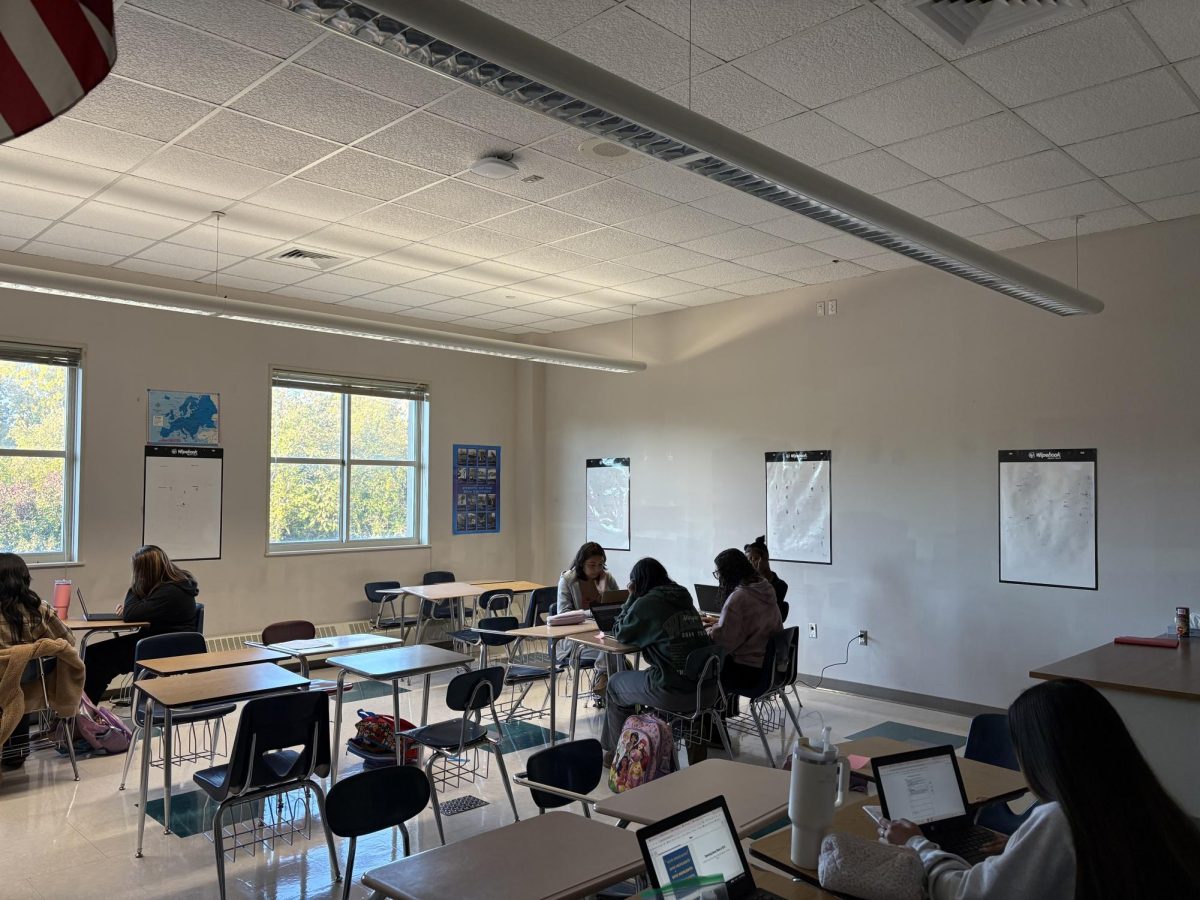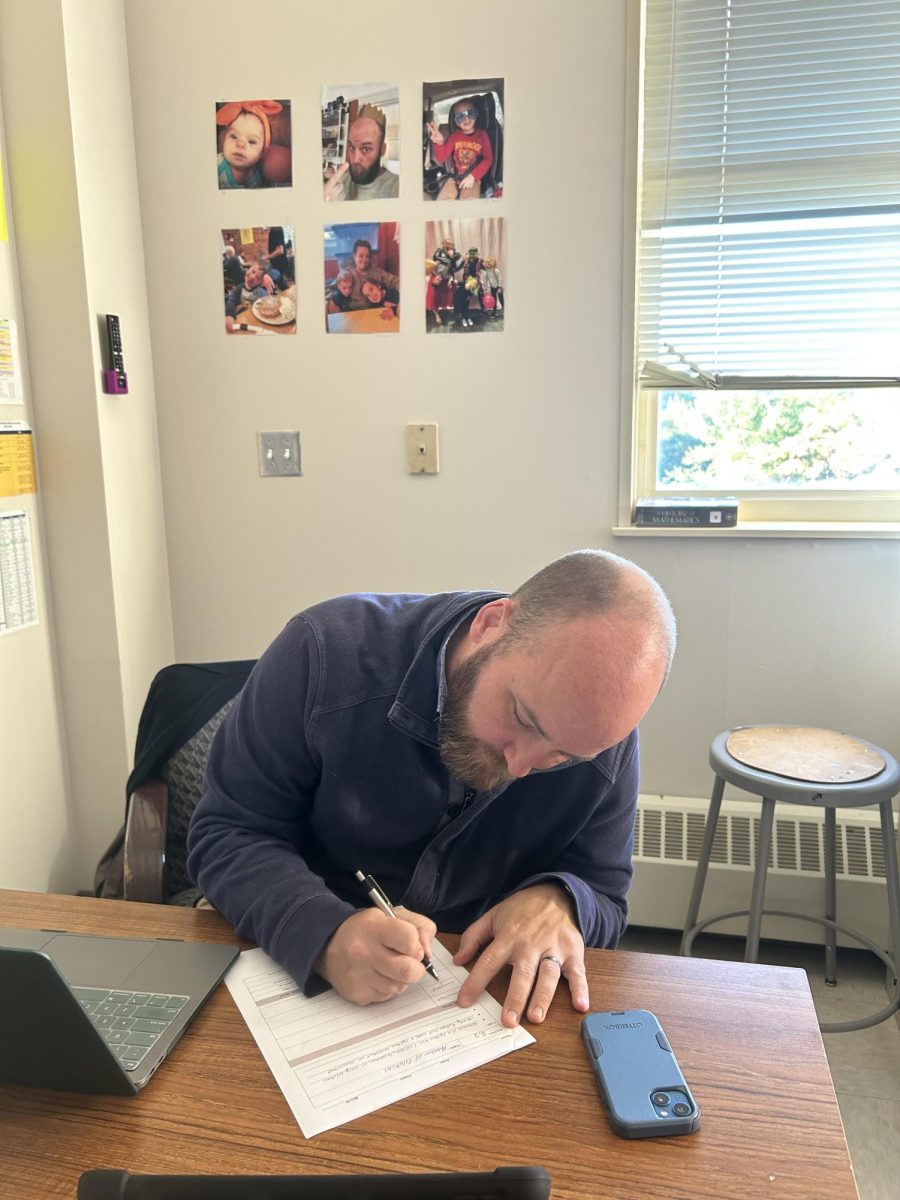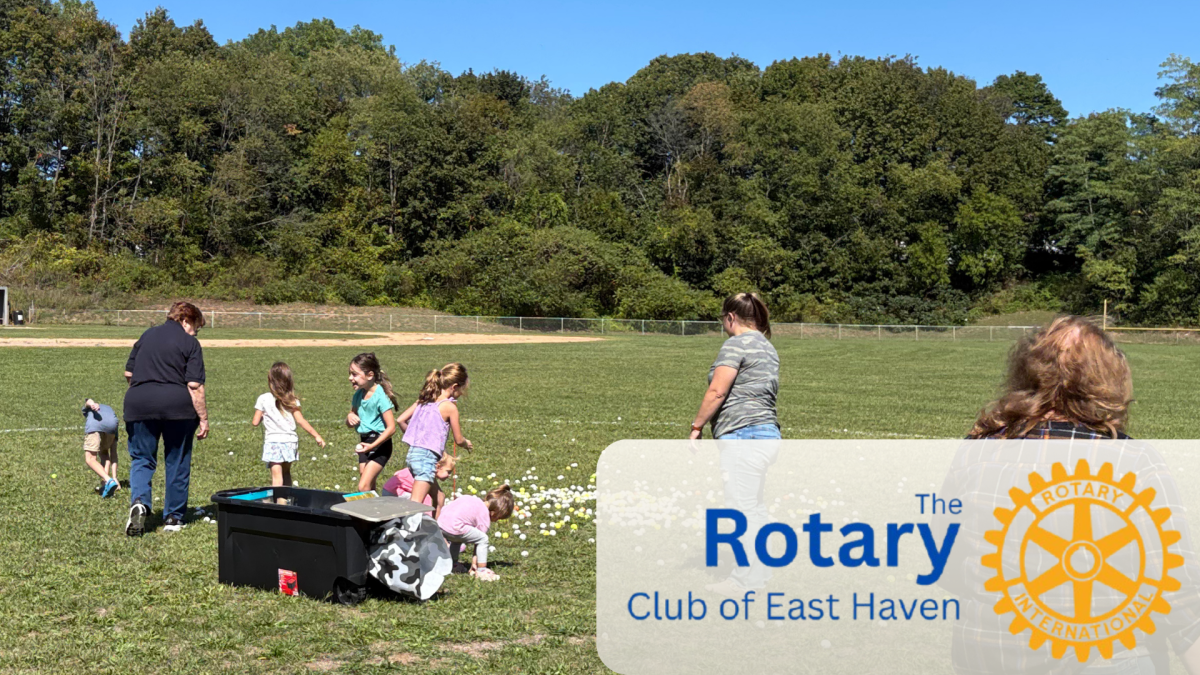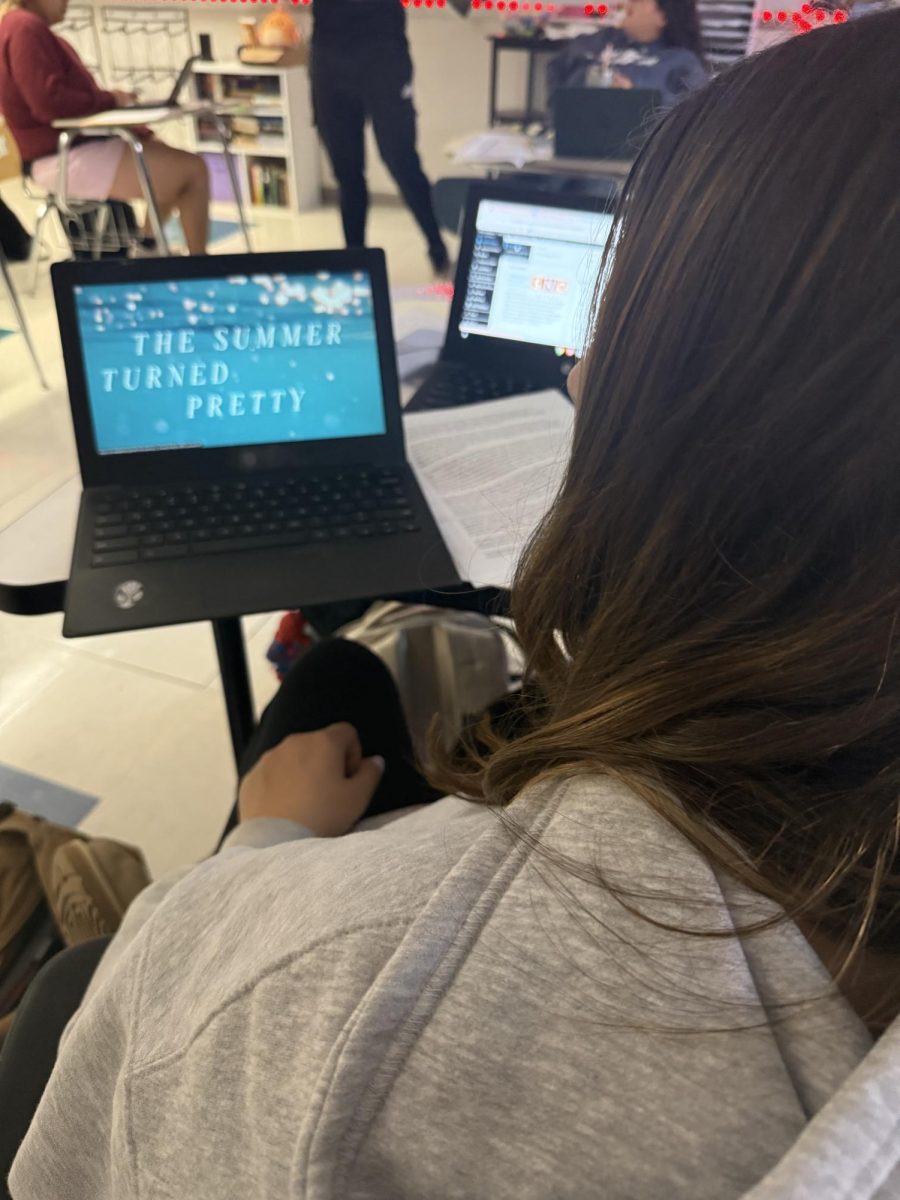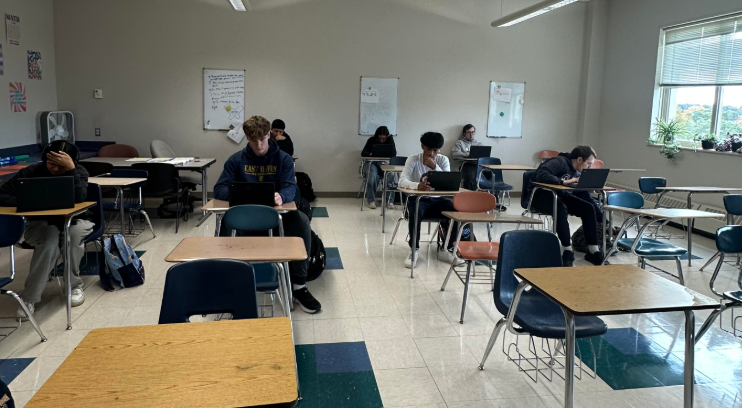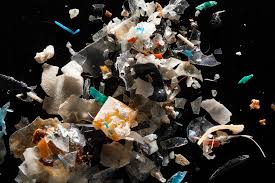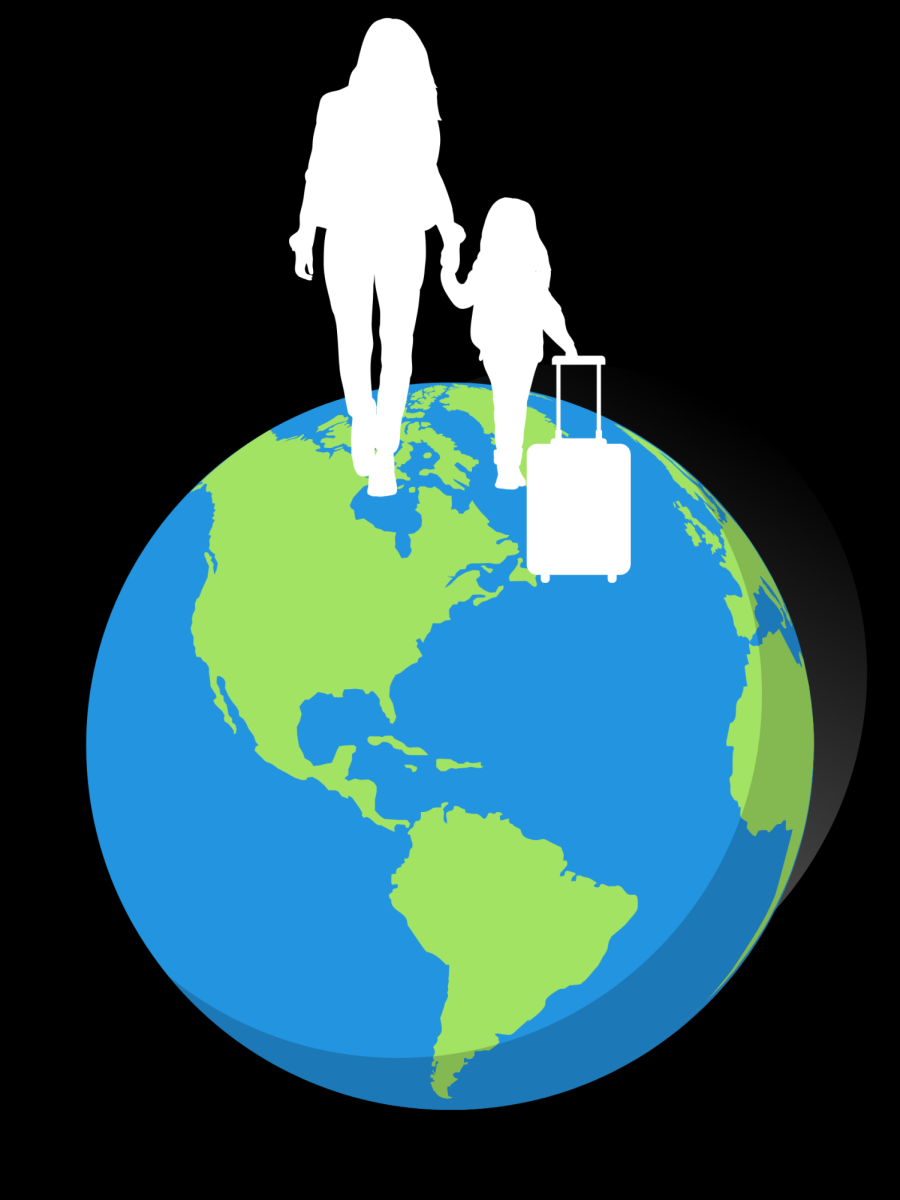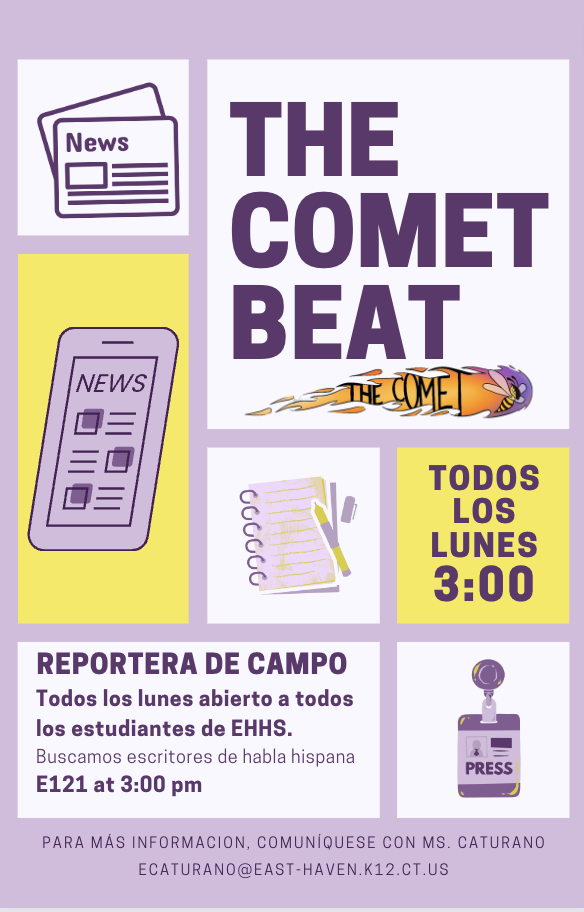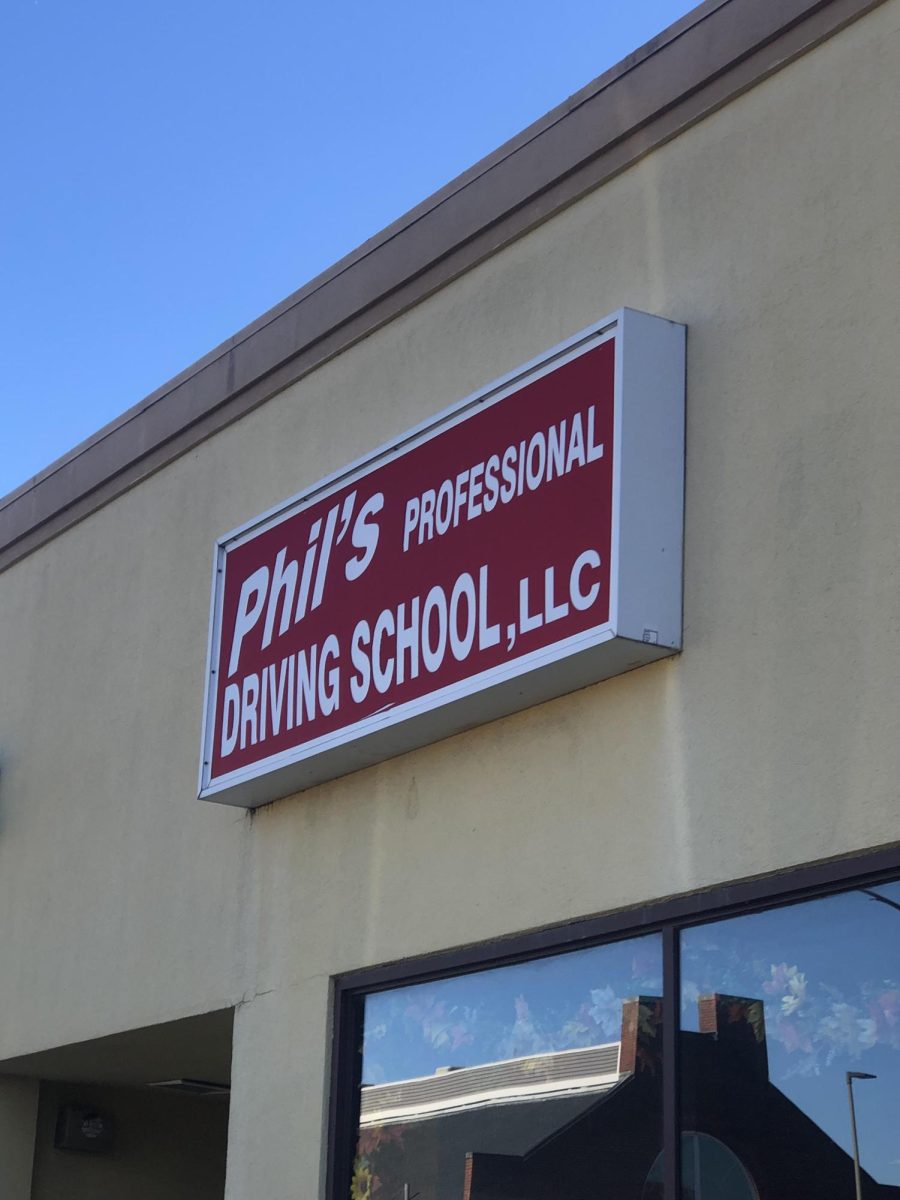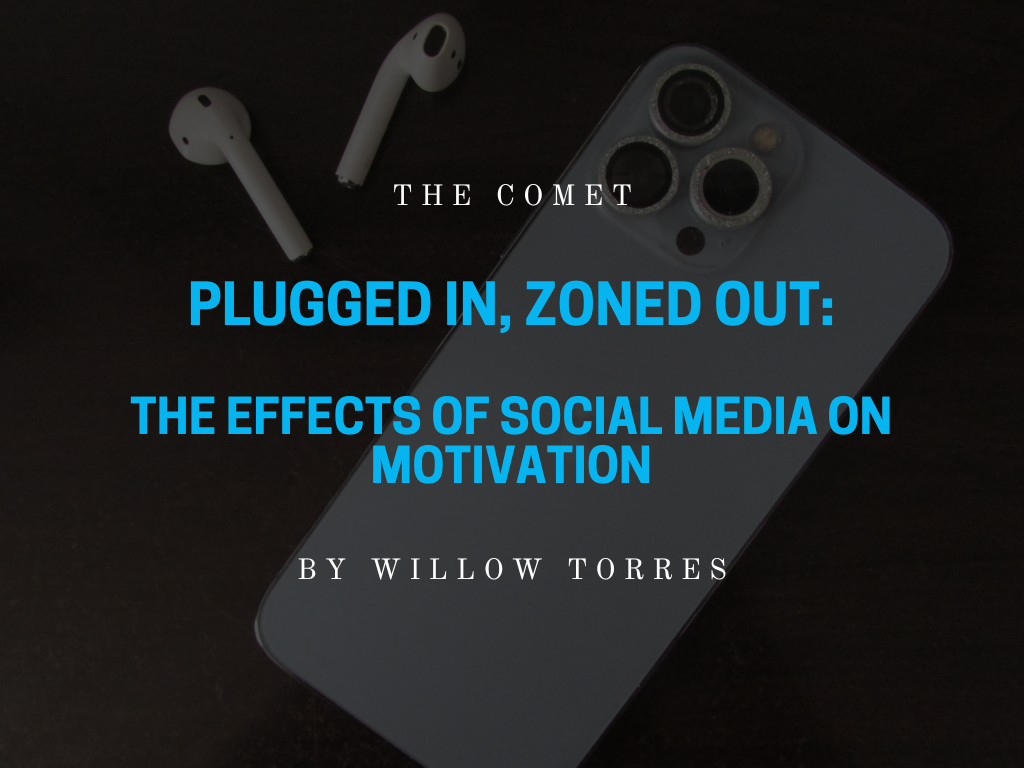After the loss of Chappy, a beloved seal found on a street in New Haven, members of the community are ready to learn more about ocean pollution. Chappy died for a number of reasons, but one of the main causes was gastrointestinal issues. Stomach issues in marine animals are commonly caused by something called microplastics, which are tiny plastic particles that are broken down into small pieces and are less than 5 millimeters in length. Despite being so tiny, these microplastics can create large amounts of damage to our environment. It can be surprising to learn how common microplastics are. You may be contributing to the issue without even realizing it!
At EHHS, we have a Marine Biology class that can be taken by both juniors and seniors. Mr. David Oshana, one of the teachers of the class believes that this is very useful for students to learn about environmental issues. He shared: “Educating youth about environmental issues is extremely important! You are our future and solution to many environmental issues. The health of our planet relies on our youth to make educated decisions concerning the environment.” Mr. Oshana has been teaching about ocean pollution for many years and he finds that students become very shocked by the true effects of marine pollution, “Whenever students learn about marine pollution it surprises them. This is especially apparent when they learn about how large of a problem it is in our marine environment.”
During the Human Impact unit of the class, students learn about marine debris, oil spills, and chemical pollution. Mrs. Maria Pompano, the science instructional leader and marine biology teacher, told us about the effects of microplastics on marine life, “It depends on the type of plastic debris. If marine life ingest plastic with sharp edges it can cause internal damage which can lead to death. If they ingest other plastics that they think is food it could cause them to feel full when they really are not. As a result they could become sick and even starve to death. Other creatures, like a sea turtle for example, might mistake something like a plastic bag for a jellyfish and ingest that. They can suffocate as a result. The list goes on and on and I don’t think any one creature is affected more than another.” Mrs. Pompano agreed that students often find this information shocking; “Yes, we look at how long various items take to decompose and they find this shocking . . . Once they learn more about marine life they tend to take it more personally.” Junior Eve Backhaus said, “I’ve learned a lot about our oceans and the animals in it and how humans affect it. It’s unfortunate the amount of pollution and harm we cause, but I’m interested in learning more about how I can play my part in protecting the ocean.”
Microplastics do not only affect marine life, they can affect people as well. Mr. Oshana said, “Microplastics can be found in land, air and sea. They have negative impacts on living organisms, including people, with side effects like inflammation, hormonal imbalances, [and] some studies linking microplastics to cancer.” Because of this, it is important that we stay aware of the effect of microplastics on marine life and land organisms. Mrs. Pompano emphasized the effects, “When you see a dissected marine animal, like a fish, that has a lot of microplastics inside it raises a huge concern for our own health. Are we eating these plastics when we fish?”
Microplastics get into the ocean simply from the breakdown of larger plastic materials, but did you know how much of your everyday products are contributing to the problem? When asked about how microplastics get into the ocean, Mr. Oshana said, “[Large plastics] simply break down into smaller “microplastics” through weathering and erosion. Another direct source is from microbeads that are commonly found in soap and face washes that are used to help exfoliate skin.” Mrs Pompano told us, “Sometimes they are intentionally made in beauty products like cleansers and toothpastes.” While there is not much we can do to prevent the problem, we can certainly do our part in reducing it. Mrs. Pompano said, “One way we can help is to make sure we dispose of plastic garbage properly by either recycling it, reusing it, or putting it in the appropriate waste container. We can also try to minimize our use of plastic by utilizing refillable water bottles, reusable bags, etc..”

